Auditing and Inspecting your way to Safety
Welcome to the world of playground safety where there are so many issues and varieties of interest that it cannot be covered in one article. Here, we will look at some basic ideas on how to get your playground up to speed with tips and suggestions, while eliminating some fallacies on the way.
First of all, playgrounds must comply with the American Society for Testing and Materials Standard (ASTM) F-1487 (the "Standards"), and the Consumer Product Safety Commission (CPSC) Handbook for Public Playground Safety (the "Guidelines").
In some states, these have been adopted into law. As for the rest of the states, it does not matter anyway since these rules have been accepted into courts as the "standards for the industry."
Audit or Inspection?
An audit is a microscopic view that discovers every single kind of hazard that is not found on a typical inspection. Audits are performed only once on equipment unless it has been modified. It is ideal to have your audits performed by an expert in the field.
Inspections are reviews that are normally performed by someone in maintenance, on a frequency level that depends upon certain factors such as wear, type, and age of equipment and surfacing, use level, etc. Inspections cover common or recurring hazards such as broken equipment, vandalism, exposed footings, unleveled surfacing, etc.
When you have existing equipment, the first question to ask is, has an audit been performed, and has a Certified Playground Safety Inspector (CPSI) performed it? Being certified is a must. What is the experience level of the inspector? Some are qualified to provide modification recommendations. They should be able to provide a written report as well, so ideally, you will know what the hazards are and how to fix them.
Audit and Inspection Tips
When you are about to purchase equipment, there are many tips to give, but a major one would be to have the layout and design checked by someone who is a third party to the project. An unbiased view can provide a wealth of information such as checking the play value, hazard identification, etc., all before you receive the equipment. Keep in mind that although most manufacturers are aware of and comply with ASTM and CPSC, there are some that do not. In addition, there is always the possibility of human error in designing, making, installing, and maintaining the playground. Whoever you decide on, make certain they are insured for Errors & Omissions.
Inspections and audits must be performed with a complete set of tools. Be sure that you have the following in order to do a complete job:
- Head and torso probe with attachments to perform the various 50-lb. pull tests
- Pull gauge for 50-lb. pull tests
- Gap gauge that is exactly .04 inch
- Partially bounded opening template
- 30-inch radius gauge
- Neoprene rods
- Angle finder/level
- Line level
- Protrusion gauges
- Articulated probe
- Tape measure
Many hazards can be corrected with a variety of inexpensive solutions:
Surfacing
Recently, there was some information that was circulated that stated that the minimum depth of loose fill surfacing is to be 12 inches. That is simply not true. You need to be able to determine what the correct Fall Height is for each piece of equipment, and then look up the surfacing depth on the chart shown in CPSC guidelines. Go by the "compressed" depth, not "uncompressed", since uncompressed is prior to being used and not a realistic choice. Rather than spending a lot of money replenishing your loose-fill surfacing when it gets low or compacted, rent a rototiller for about $25.00. Remember to keep it level as well.
If you have tiles or poured-in-place rubber surfacing ("unitary surfacing"), then ask the supplier to provide you with written data regarding the appropriate Fall Height rating for your equipment. Keep in mind that this surfacing is some of the most expensive, but it will reduce your maintenance costs in the long run as long as it is installed correctly and at the correct thickness. Be aware that some surfacing lasts longer than others.
Signage
"Failure to warn" has been in every case that I have had as an expert witness. Get those signs on the playground. ASTM (Section 14) requires the surfacing warning sign to be on every piece of playground equipment. CPSC (Section 9.2) has a warning about the hazard of drawstrings. It looks like a sign. Although there is no statement that a "sign" is to be posted, attorneys are interpreting that as a requirement for a sign to be on the playground.
And how else would the message be conveyed?
CPSC states (at the end of Section 6.3) that you should have age-appropriate signage posted. In addition, Section 4.5 says to have surfacing level markers on posts. CPSC also recommends that tot swing seats are for children under 4 years of age, so post something that delivers that message to the adults.
Modification tips
The best advice is to not create one hazard while trying to fix another! Some good solutions that have been proven over the years are:
- Pits under swings and slides can be eliminated with impact absorbent tiles. Make sure you install berms around the edges to reduce trip hazards.
- Entanglement gaps at the entry to some slides can be corrected with some good caulk.
- "S" hooks that are open more than .04 of an inch should be replaced with a split-link style (that you fasten together), so that no matter how the link is positioned there are no entanglements. If you close the existing hook, it can open back up easier next time.
- A common hazard on swings, even new ones, is that the vertical hanger bolts are installed with the bolt pointing upwards (above the hanger), thus creating a potential entanglement hazard. Simply install the carriage bolt heads on top with the nuts on the bottom.
- Bolts that project and become a protrusion or entanglement hazard might be corrected by cutting and peening (smoothing) the ends, or by installing shorter bolts.
- Barriers (walls) on composite structures that are too short can be raised only if you do not create a gap between the barrier and the platform of more than 3.5 inches
- Remember that the entrapment gap is NOT a size of 3.5 inches to 9 inches. It is 3.5 by 6.2 up to 9 inches in diameter. The difference is that a 5-inch hole (for example) will actually PASS since the torso probe will not be able to go through it!
- A partially bound opening gap between a panel and a post can be closed off with a "dummy" clamp to prevent passage of a user's head and neck.
- Swing hanger bearings that are shot can be replaced with "sleeve" bearings as opposed to buying expensive new hangers (as long as nothing else is wrong with the hanger).
Finally, an important key to proper audits is to evaluate the age group that the equipment was designed for (not the ages that use it). This will tell you whether to install age range signs for the intended user, or to change some components so that all users can enjoy the equipment. For example, Sliding Poles are for 5-12 year olds only. If the stairway rise and run is for all ages, slide width complies for all ages, etc., then you may want to call you sales representative and order a replacement for the Sliding Pole so 2-12s can use the unit. Other items that are limited to age groups are listed in CPSC, such as Horizontal Ladders being no more than 60 inches high for 2-5s, and no more than 84 inches high for 5-12s. That makes the 60-inch high ladder good for 2- 12 year olds. That tells you to consider lowering the ladder to 60 inches or less for use by the 2-12s.

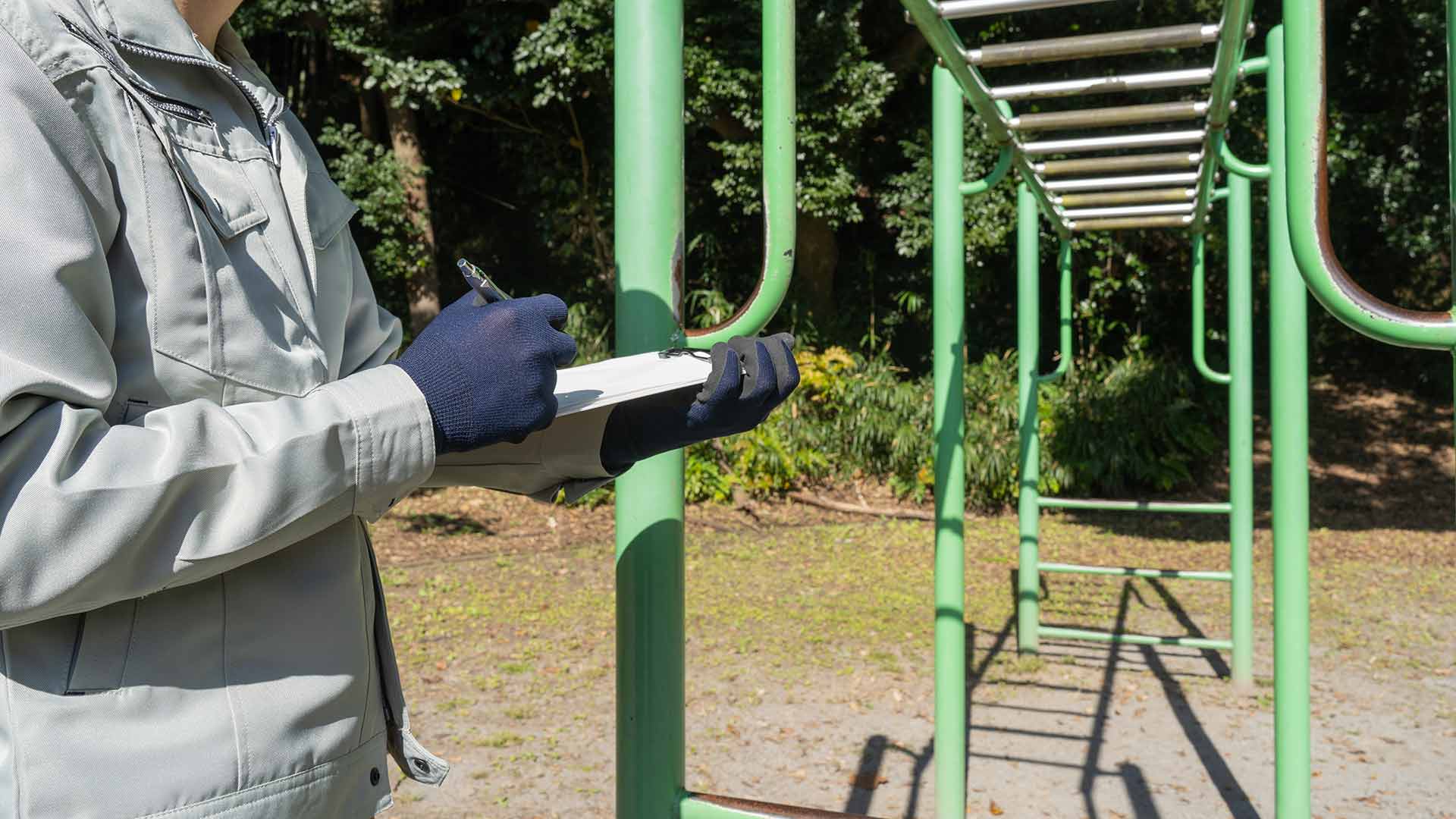

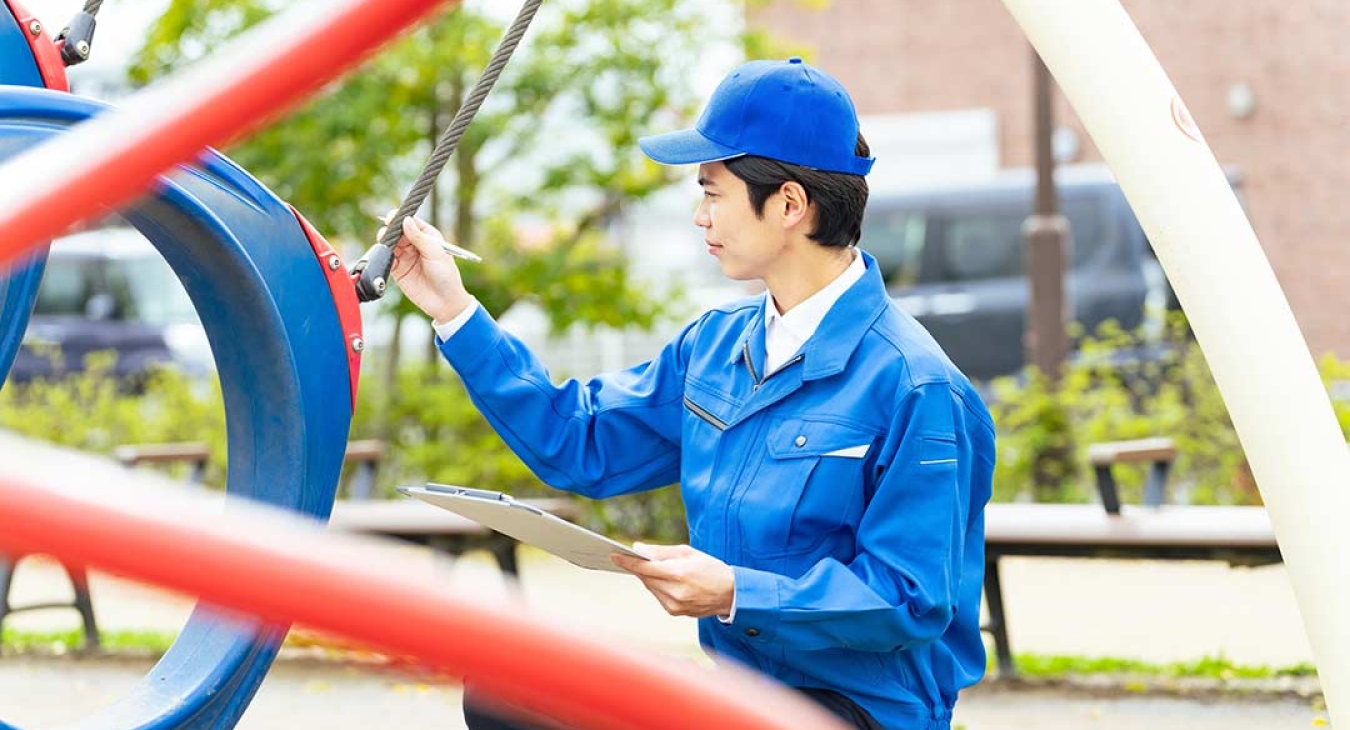
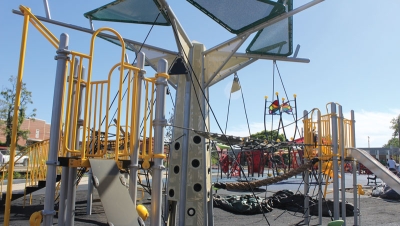
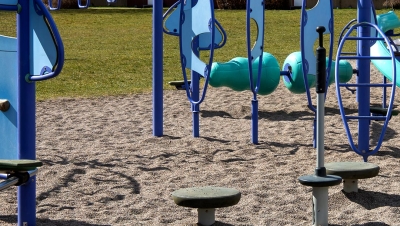
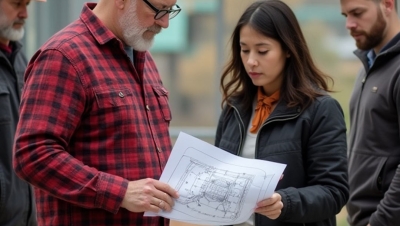
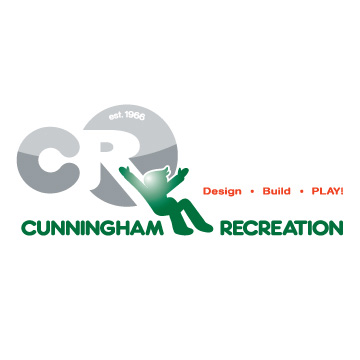
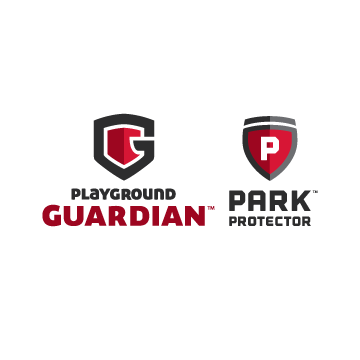

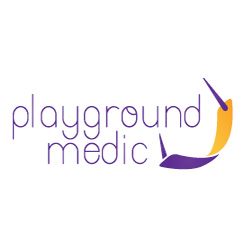
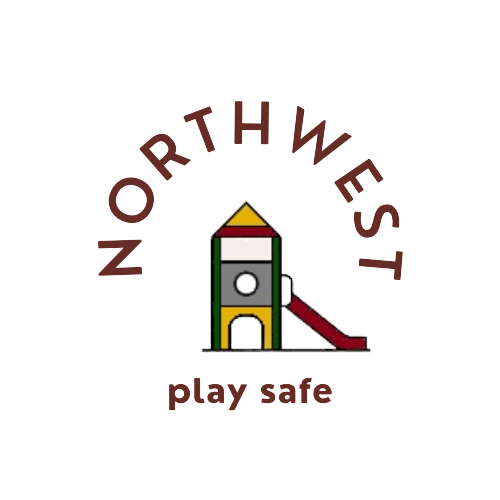
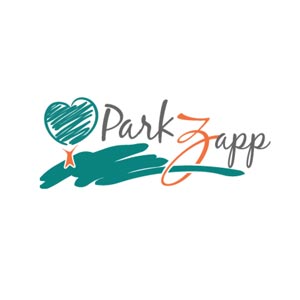
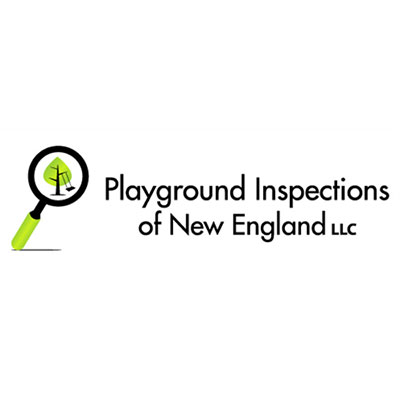
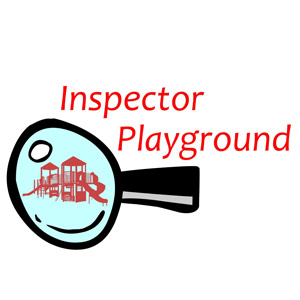
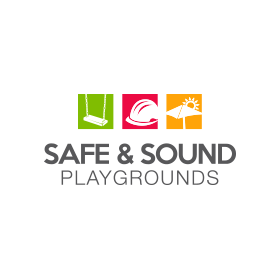
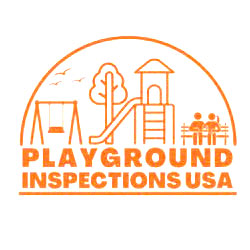
Add new comment